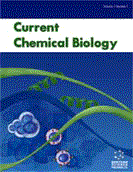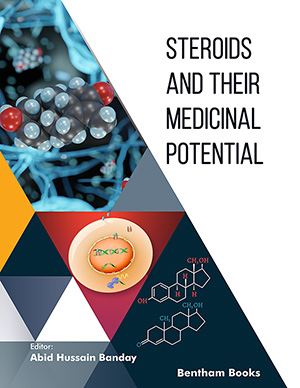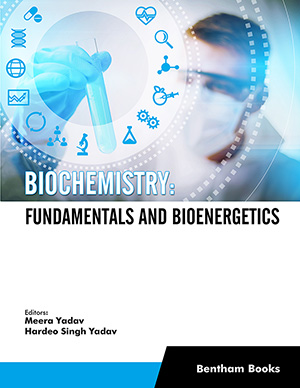Abstract
Cells live in diverse environments and so face various kinds of stresses which include temperature stress, pH stress, superoxide stress, toxin stress, etc. These cellular stresses impose a challenge to the survival and normal machinery of the cell. As a result of these stresses the structure of cellular proteins are hampered that leads to functional alteration of the same. Heat stress or heat shock may result in formation of disaggregated structure, misfolded as well as damaged proteins which make a burden to the living cells. So, to counteract such stresses, cells evolve anti-stress mechanism or heat- shock response which includes different types of proteins, known as heat-shock proteins. When cellular temperature elevates, these proteins become active. These heat shock proteins may be Foldase which helps to restore proper folding state or native state of the misfolded proteins, may be Holdase, which prevents the cellular stressed proteins from being misfolded and maintains an intermediate folding competent state, may be Disaggregase, which stops the cellular proteins from being disaggregated or may be Protease, which eliminates the damaged proteins of the stressed cell. These four categories of heat-shock proteins act in a concerted way to control and maintain the cellular protein quality. Inclusion body protein A (IbpA) and Inclusion body protein B (IbpB) are Small heat shock proteins of Escherichia coli, as they have a low molecular weight and show increased expression and activity during temperature elevation. These proteins have a conserved α-crystallin domain flanked by variable terminal regions. These proteins oligomerise with each other and recognize heat stressed misfolded proteins through their terminal regions to restore the intermediate folding competent state of the aggregated proteins by eliciting its heat-shock response. Once the intermediate state is achieved, they send this stressed protein to Foldase proteins to trigger proper folding. As IbpA and IbpB do not have a foldase activity and can only prevent the cellular heat-stressed proteins from being misfolded, they act as holdase heat-shock proteins. These proteins act efficiently at stressed temperature and remain in their free state at physiological temperature. At this state, they do not form oligomers and show a poor substrate affinity, which makes Lon protease, the principal protease of Escherichia coli to bind to the Ibps and start proteolysis. IbpA and IbpB are substrates of Lon protease at physiological temperature and it recognizes the IbpA and IbpB through their conserved α-crystallin domains. In this review a clear picture of the structure, mechanistic details of substrate recognition, affinity and binding of IbpA and IbpB at stressed condition are depicted as well as the underlying molecular machinery of proteolysis of IbpA and IbpB by Lon protease is also stated.
Keywords: IbpA, IbpB, Small heat shock proteins, Heat shock response, Molecular chaperone, Molecular interactions, Chaperone activity.































